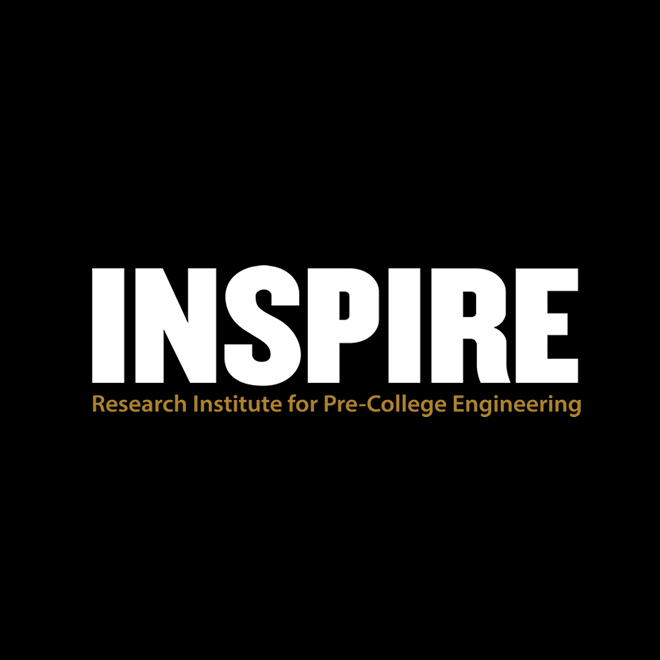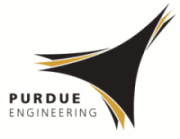Abstract
This study used cultural historical activity theory to make meaning of a digital fabrication project situated in the complexity of a classroom. Using an ethnographic perspective, we observed 14 students (aged 13–14) in a middle school’s creative design and engineering class inspired by the Maker Movement. Working with the classroom teacher, a professional stuntman tasked students with fabricating a prosthetic bone for use as a movie prop using their understanding of science, technology, engineering, and mathematics. Teacher interviews and student focus groups revealed differences in perceptions between their science class and engineering class. Additionally, affordances and constraints of the 3D printer as the tool for construction are presented, as identified by student and teacher participants. Finally, two illustrative vignettes are presented to depict tensions that emerged due to facilitating this digital fabrication project within the traditional confines of a classroom.
Recommended Citation
Hansen, A. K.,
McBeath, J. K.,
&
Harlow, D. B.
(2019).
No Bones About It: How Digital Fabrication Changes Student Perceptions of their Role in the Classroom.
Journal of Pre-College Engineering Education Research (J-PEER), 9(1), Article 6.
https://doi.org/10.7771/2157-9288.1155


